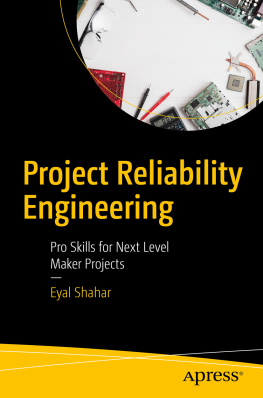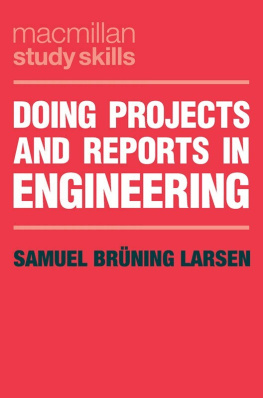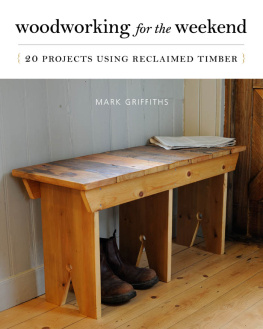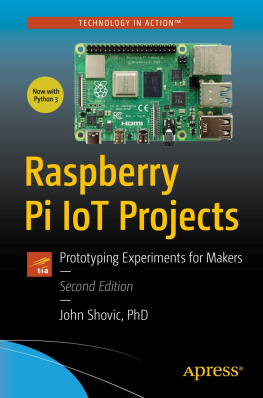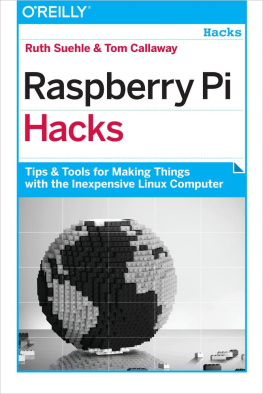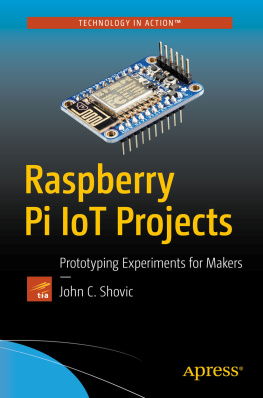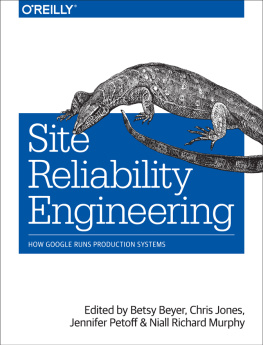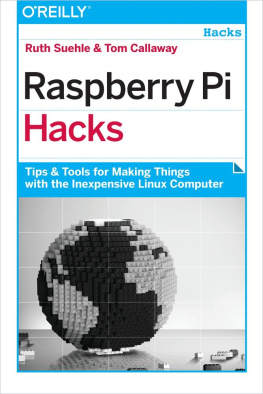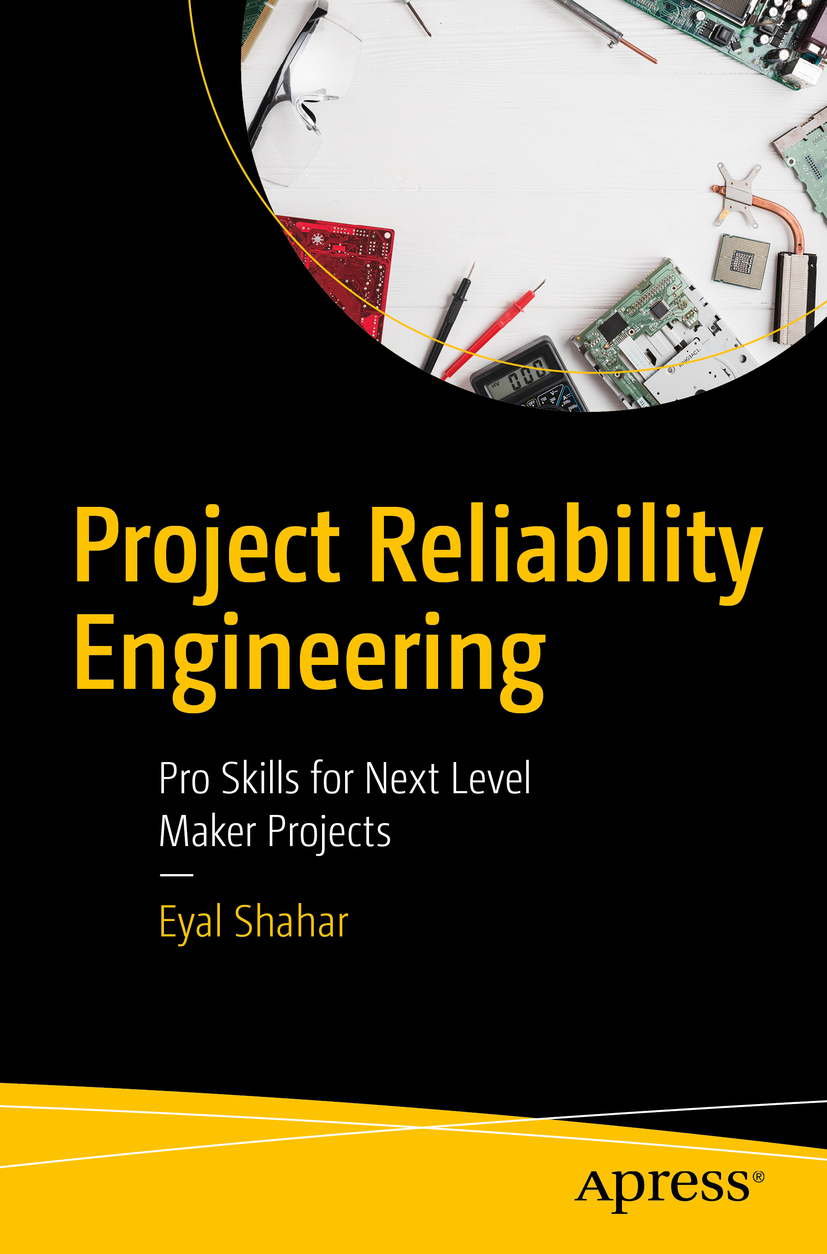Eyal Shahar - Project Reliability Engineering: Pro Skills for Next Level Maker Projects
Here you can read online Eyal Shahar - Project Reliability Engineering: Pro Skills for Next Level Maker Projects full text of the book (entire story) in english for free. Download pdf and epub, get meaning, cover and reviews about this ebook. year: 2019, publisher: Apress, genre: Computer. Description of the work, (preface) as well as reviews are available. Best literature library LitArk.com created for fans of good reading and offers a wide selection of genres:
Romance novel
Science fiction
Adventure
Detective
Science
History
Home and family
Prose
Art
Politics
Computer
Non-fiction
Religion
Business
Children
Humor
Choose a favorite category and find really read worthwhile books. Enjoy immersion in the world of imagination, feel the emotions of the characters or learn something new for yourself, make an fascinating discovery.
- Book:Project Reliability Engineering: Pro Skills for Next Level Maker Projects
- Author:
- Publisher:Apress
- Genre:
- Year:2019
- Rating:3 / 5
- Favourites:Add to favourites
- Your mark:
Project Reliability Engineering: Pro Skills for Next Level Maker Projects: summary, description and annotation
We offer to read an annotation, description, summary or preface (depends on what the author of the book "Project Reliability Engineering: Pro Skills for Next Level Maker Projects" wrote himself). If you haven't found the necessary information about the book — write in the comments, we will try to find it.
Turn your projects from a weekend hack to a long-living creation! Loosely drawing from the field known in large software companies as Site Reliability Engineering (SRE), this book distills from these disciplines and addressesissues that matter to makers: keeping projects up and running, and providing means to control, monitor, and troubleshoot them.
Most examples use the Raspberry Pi, but the techniques discussed apply to other platforms as well. This book is all about breadth, and in the spirit of making, it visits different technologies as needed. However, the big goal in this book is to create a shift in the readers mindset, where weekend hacks are pushed to the next level and are treated as products to be deployed. In that regard, this book can be a stepping stone for hobbyist makers into developing a broader, professional skill set.
First, the book describes techniques for creating web-browser based dashboards for projects. These allow project creators to monitor, control, and troubleshoot their projects in real-time.Project Reliability Engineeringdiscusses various aspects of the process of creating a web dashboard, such as network communication protocols, multithreading, and web design, and data visualization.
Later chapters cover configuration of the project and the machine its running on, and additional techniques for project monitoring and diagnosis. These include good logging practices; automatic log and metrics monitoring; and alerting via email and text messages;
A mixture of advanced concepts forms the last chapter of the book, touching on topics such as usage of microservices in complex projects; debugging techniques for object-oriented projects; and fail-safing the projects software and hardware.
What Youll Learn
- Monitor and control projects, keep them up and running, and troubleshoot them efficiently Get acquainted with available tools and libraries, and learn how to make your own tools Expand your knowledge in Python, JavaScript and Linux Develop deeper understanding of web technologies Design robust and complex systems
Who This Book Is For
Members of the maker community with some development skills.
Eyal Shahar: author's other books
Who wrote Project Reliability Engineering: Pro Skills for Next Level Maker Projects? Find out the surname, the name of the author of the book and a list of all author's works by series.

